Search results
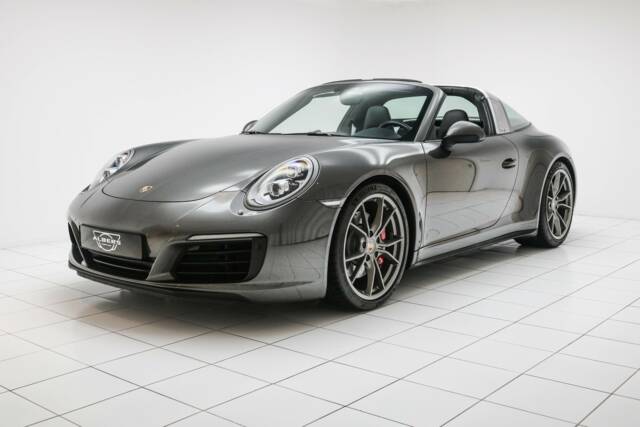
2016 | Porsche 911 Targa 4S
Sport Chrono – LED – Sports Exhaust – Fully Equipped – MY 2017
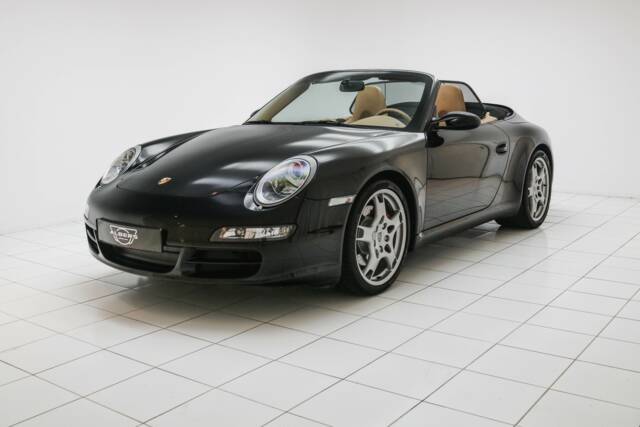
2009 | Porsche 911 Carrera S
EU delivered - History available - Perfect condition - Manual - Youngtimer
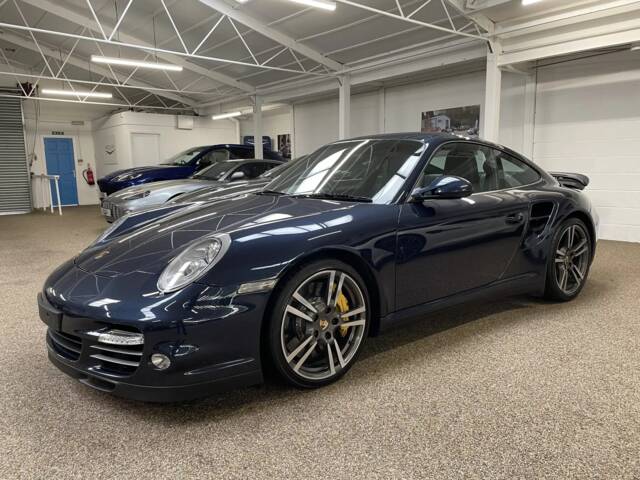
2010 | Porsche 911 Turbo S
60,000 miles - PDK
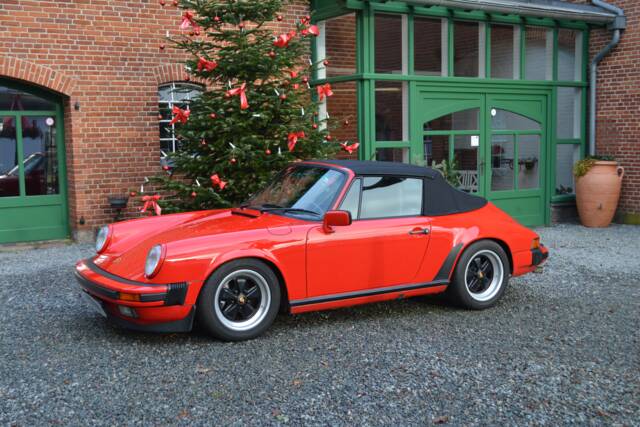
1987 | Porsche 911 Carrera 3.2
Porsche 911 Carrera 3.2 Cabrio (Kat) US
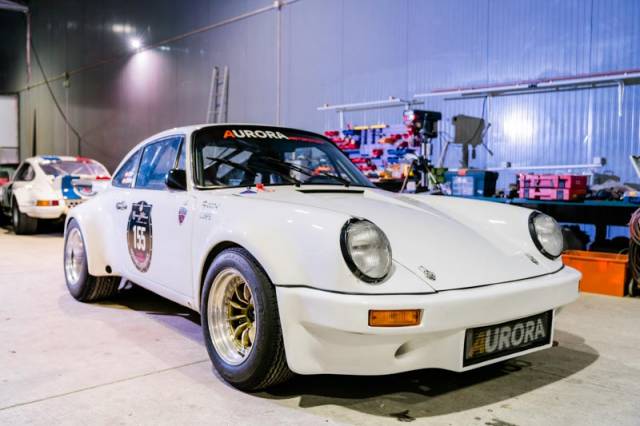
1976 | Porsche 911 RSR 3.0
H76 Porsche 911 Carrera RS 3.0 Replica Built by Legendary Aurora MotorSport
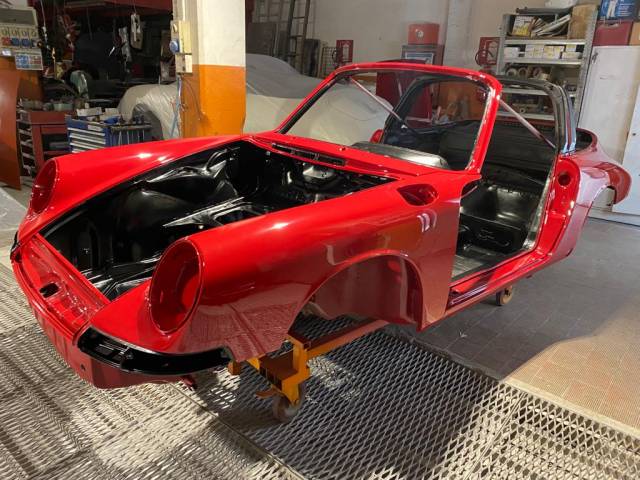
1967 | Porsche 911 2.0 S
PORSCHE 911 TARGA SOFT WINDOW 1967 Matching Number | Certificato Porsche
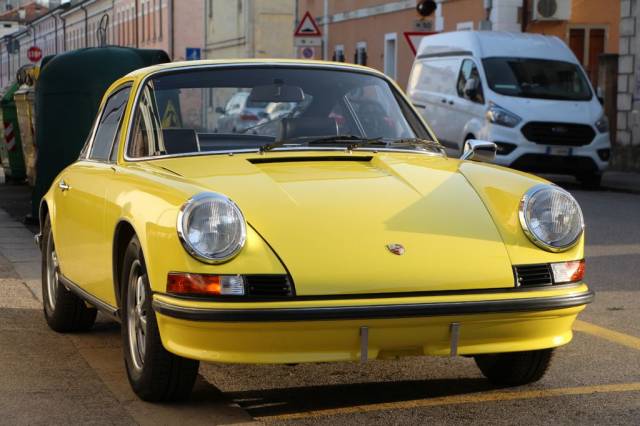
1973 | Porsche 911 2.4 E
Matching Number | Restauro da concorso | Certificato Porsche Originale
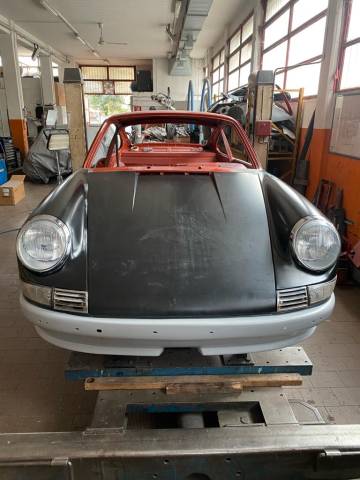
1970 | Porsche 911 2.2 E
Matching Number | Restauro da concorso | Certificato Porsche Originale
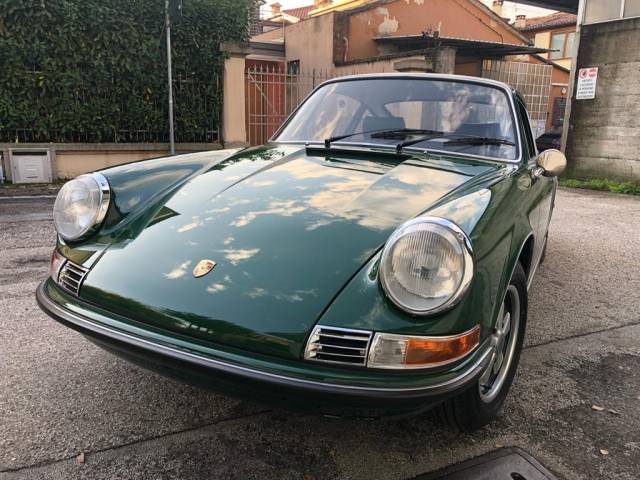
1970 | Porsche 911 2.2 E
Matching Number | Restauro da concorso | Certificato Porsche Originale
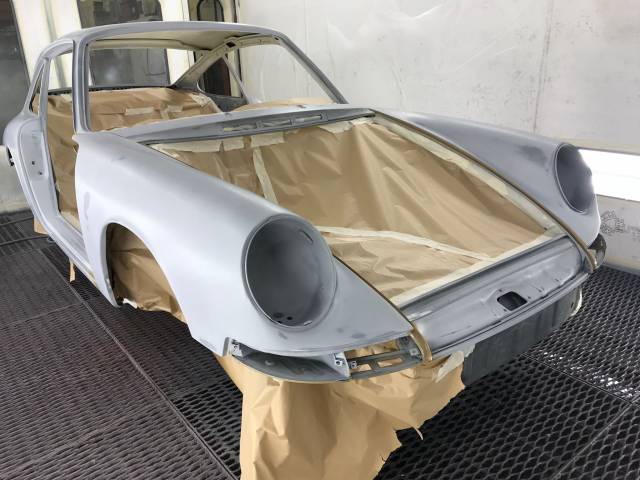
1967 | Porsche 911 2.0 S
Matching Number | Restauro da concorso | Certificato Porsche Originale
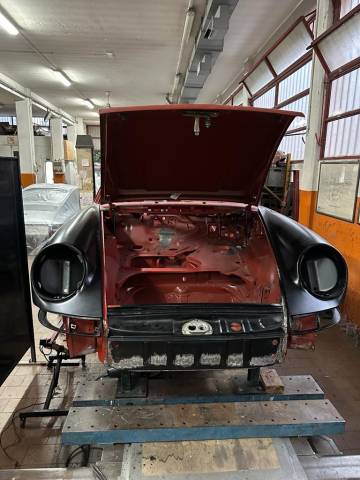
1972 | Porsche 911 2.4 S "Oilflap"
1972 | Porsche 911 2.4S Matching Number | Restauro da concorso | Certificato
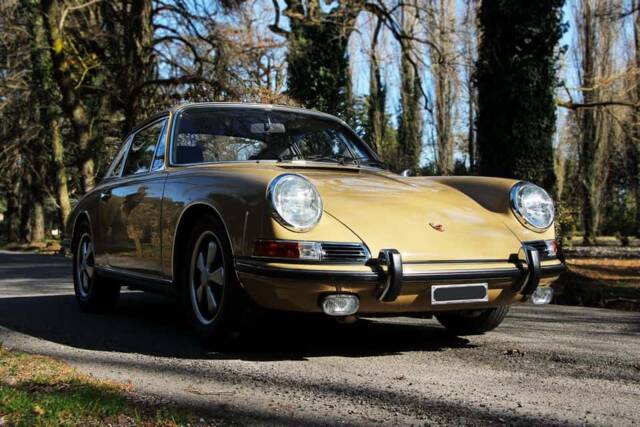
1967 | Porsche 911 2.0 S
Matching Number ! Concourse Restoration | Origial Porsche Certificate
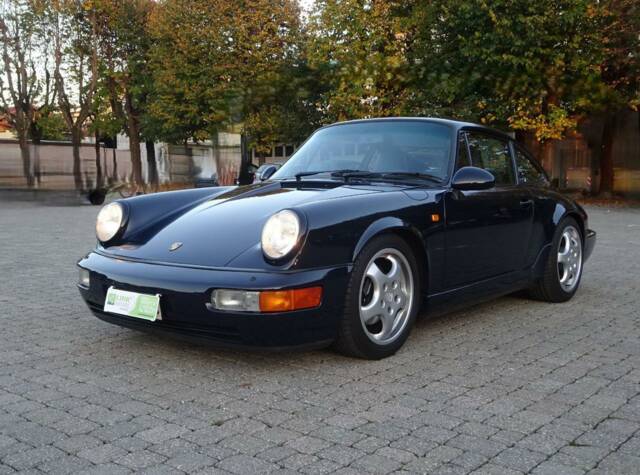
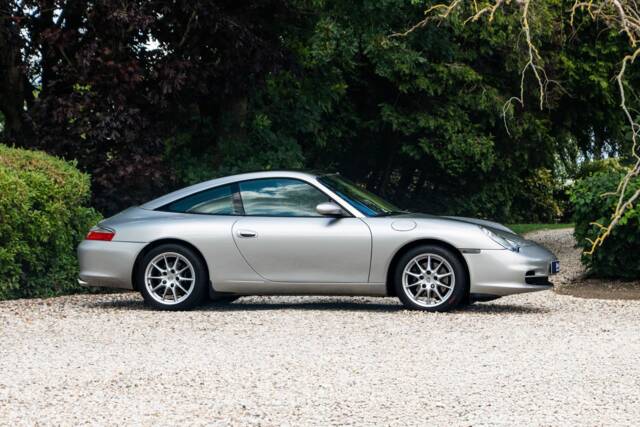
2003 | Porsche 911 Carrera
Carrera 2 Targa
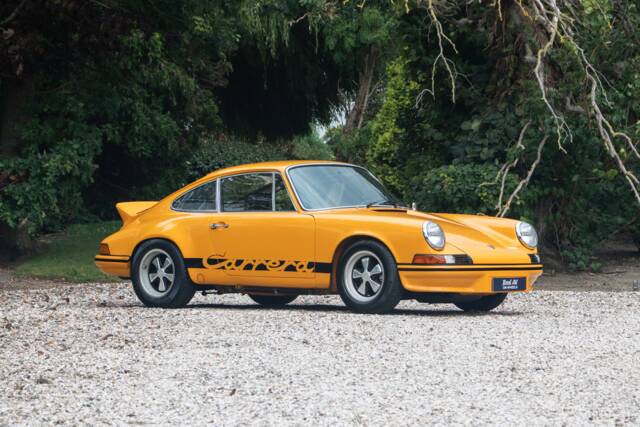
1973 | Porsche 911 Carrera RS 2.7 (Sport)
Desirable original and unique color "Signal Yellow"
FAQs on Classic Porsche 911s
Why are classic Porsche 911s so popular?
The classic Porsche 911 is highly sought after due to its unique design and rich motorsport heritage. Its outstanding performance and driving dynamics offer a genuine driving experience. Additionally, it holds iconic status, boasts high value stability, and offers impressive potential for appreciation, making it attractive as an investment option.
How can I find spare parts for classic Porsche 911 cars?
Spare parts for classic Porsche 911 cars are generally easy to find, both through specialized Porsche dealers and via classic car clubs and forums dedicated to Porsche enthusiasts. However, parts for rare models like the Carrera RS 2.7 can be more expensive and harder to source.
What should be considered when buying a classic Porsche 911?
When purchasing a classic Porsche 911, it’s important to pay special attention to the condition of the bodywork (rust), originality (Matching Numbers), and maintenance history. Comprehensive documentation and a solid technical condition are crucial for preserving its value. Researching the market value and price trends of the specific model is also vital. Additionally, the availability of spare parts for the particular model year can significantly affect future maintenance costs.














